In this blog post, we’ll examine the steps for effectively crate training your Australian Shepherd while still making it fun for both you and your pup. A secure yet structured environment is key to raising a contented Australian Shephard. Thus, learning how to train an Australian Shepherd properly with crates will prove hugely beneficial. From understanding their unique characteristics through overcoming common challenges, let’s delve into all aspects of crate-training an Australian Shepherd in order to make sure they develop positively!
Key Takeaways
- Australian Shepherds require proper training, socialization and mental stimulation to reach their full potential.
- Crate training is beneficial for Australian Shepherds as it provides security, comfort and simplifies travel.
- This article outlines essential steps for crate training an Aussie including positive introduction to the crate, establishing a consistent routine and gradually increasing time spent in the crate.
Australian Shepherd Overview
Training and mental stimulation are essential for a happy, healthy Australian Shepherd. Crate training your Aussie puppy provides them with bladder/bowel control as well as making it easier to transition into new environments or situations like travel.
Make their kennel comfortable by providing toys (without choking hazards) that the dog can play with such as its favorite toy, maybe even placing something soft like a bed or towel at the bottom of said kennel if house trained already. Keep in mind not leaving him alone inside his cage too often either due to physical and emotional discomfort he may experience!
Australian Shepherd’s Personality and Temperament
Australian Shepherds are known for their vibrant and engaging personalities. As a breed, they are incredibly intelligent, energetic, and eager to please, which makes them quick learners. Aussies are also known for their loyalty and protective nature, making them excellent family pets. They are naturally sociable and get along well with humans and other animals.
However, due to their herding instincts, they may try to herd other pets or even small children. They are generally good-natured, affectionate, and playful, but they can also be somewhat reserved and cautious around strangers. Due to their high energy levels, they require regular physical and mental stimulation to keep them happy and healthy.
Australian Shepherd’s Physical Characteristics
Australian Shepherds are a medium-sized breed with a robust and athletic build. They typically stand between 18 to 23 inches tall at the shoulder and weigh between 40 to 65 pounds. Known for their striking eyes, which can be blue, brown, or a combination of both, they have a gaze that is both intelligent and expressive.
Their coat is medium length and can be straight or wavy, providing them with protection from various weather conditions. The coat colors can vary and include blue merle, black, red merle, and red, often with white or tan markings. Aussies have a distinctive mane and frill around their neck, adding to their charming appearance. Their ears are medium-sized and set high on the head, and they have a docked or naturally bobbed tail. Their agile and sturdy body makes them excellent working dogs, capable of herding and other physically demanding tasks.
Australian Shepherd’s Trainability
Australian Shepherds are known for their high level of trainability. These intelligent and energetic dogs are eager to please, which makes them highly receptive to training. They are quick learners and can pick up new commands and tricks with relative ease. However, it’s important to keep their training sessions engaging and varied, as they can easily become bored with repetition.
Positive reinforcement techniques work best with this breed, as they respond well to rewards and praises. Their high energy levels and agility also make them excellent candidates for advanced obedience, agility, and herding trials. However, it’s essential to start training early and to be consistent to ensure the best results.
The Importance of Crate Training Australian Shepherd
Crate training is an excellent tool to provide safety, comfort, and easier travel for Australian Shepherds. By containing them in their crate periodically when you are away from home, it gives the Aussie a secure environment and can stop negative behavior such as destruction or excessive barking. Proper crate training has numerous benefits for you and your pup.
By using this method correctly it ensures more controlled departures out of the cage, avoiding any potential hazards, but also helps set up consistent schedules which lead to successful housebreaking processes and forms strong positive associations between going into its own safe place within its territory, offering restful times spent inside instead!
Choosing the Perfect Crate for Your Aussie
The correct size of crate is imperative for your Aussie’s health and security. It should be spacious enough to allow them to stand up comfortably, plus an additional two- to four inches of space as they grow. You can make use of a wire cage with adjustable dividers which are perfect for accommodating the growth spurt in puppies. These too may be re-adjusted easily over time if needed.
Wire vs. Plastic Crates vs Soft Sided
When considering a crate for an Australian Shepherd, wire and plastic crates are two viable options. Wire ones provide better ventilation but may not give the same feeling of security as their plastic counterparts do. Plastic crates can be more easily transported than wires and also offer more insulation in colder climates. They don’t have as much air circulation available. Soft-sided crates are another option to consider for an Australian Shepherd. These crates are lightweight and portable, making them a great choice for travel. However, they may not be as durable or secure as wire or plastic crates, especially for a dog that likes to chew or scratch.
Ultimately it all comes down to personal preferences or individual needs with this type of dog that will help decide which kind is best suited – either one could work well depending on the particular situation at hand regarding your Aussie’s requirements.
Adjustable Dividers
Aussies will likely need a large crate. An adjustable divider in a wire kennel is the ideal solution for Australian Shepherds’ growth, providing them with enough space as they develop and preventing accidents within the cage. Brands like Petsfit, Midwest Homes, Amazon’s Dog Crate and Diggs Revol cater to this purpose, offering tailored crates featuring adjustable dividers designed specifically for Australian Shepherd puppies.
To have an appropriately sized area set up for your Aussie pup’s growing needs simply install the supplied divider into their dog crate then adjust it according to size requirements. This eliminates having to buy a new one every time a puppy grows saving both effort and money on your end!
Essential Steps to Crate Train Your Australian Shepherd

Crate Training Australian Shepherd
Crate training your Australian Shepherd requires certain steps, like introducing the crate in a positive way and forming a routine. To that, it is essential to extend gradually the amount of time spent by an Aussie inside its crate with the door open then with the door closed and then to longer time periods with the pet parent out of the room.
The following tips might come in handy when making those key decisions: pick up on cues about what brings out comfort for your dog regarding their space, set up regular times they will spend inside their pen every day, progress steadily towards more extended periods of being caged.
Introducing the Crate
Crate training your Australian Shepherd successfully calls for a gradual and positive approach. To start, leave the door open on the crate in an accessible spot of your house so that your pup can take its own time to get accustomed to it. Make sure to keep the crate close to the family action.
Stimulate their curiosity by speaking calmly and leaving some snacks close by to coax them into entering! As they become more comfortable with this new den, you may feed them meals inside as reward – helping create pleasant ties between themselves and the kennel. Make the crate incredibly comfortable with soft blankets and a nice dog bed, will ensure your dog stays happy while in their crate.
Establishing a Routine
When crating your Australian Shepherd, having a consistent routine is essential for success. Start by putting them in the cage temporarily and as they become more accustomed to it slowly increase their time spent there. It’s vital that your rambunctious Australian Shepherd gets ample physical exercise during the day so he or she will be relaxed enough to acknowledge the cage positively when resting inside of it, keep this in mind while taking breaks along with regular bathroom visits too!
Supply meals within its enclosure thus creating positive associations between being inside and pleasant moments together. As comfortability grows, start closing the crate door over short periods followed by observation of behavior accordingly making necessary changes which could include lengthening/shortening crating times depending on each individual circumstance. With dedication and persistence, you can soon have your crate trained pup recognizing their den as a comfortable place for relaxation after achieving these goals set forth here today!
Gradually Increasing Crate Time
Successful cage training of an Australian Shepherd requires gradually building up the amount of time spent in the cage. To do this, start off with just a few seconds or minutes at once and extend it as your dog becomes more relaxed. Monitor their needs to make sure they get enough exercise, brain-engagement activities and bathroom breaks during this process.
As confidence increases, being kept in a cage close by while sleeping can help ease anxiety levels. Eventually move them away from yourself until independence is reached for your pup’s sake. This process works best if you start with a young puppy, but with a little more time and persistence you can train even older Australian shepherds.
Fun and Engaging Crate Training Games

Crate Training Australian Shepherd
The process of crate training an Australian Shepherd can be made more enjoyable for both you and your dog with games such as “Treasure Hunt” or “Crate Command Training.” These will not only give a pleasant experience to the pet while in his kennel, but also help him become acquainted with shutting himself inside. As well, these activities offer mental and physical stimulation which is great for the overall growth of your companion.
Positively associating their surroundings with something fun encourages them to willingly enter without hesitation on command, this is what we want! Through thoughtful gaming tactics that put us both at ease, all parties involved stand immense chances of being thoroughly successful when it comes time to tackle any type of cage training methodologies.
Treasure Hunt
Crate training your Aussie can be fun and rewarding with the “Treasure Hunt” game. Hide treats or kibble around the crate for your canine to find as they develop their natural instincts while being mentally stimulated. Safety is of utmost importance when selecting appropriate toys and snacks, so make sure it suits a size suitable for them according to age before you start playing! With patience and practice, soon enough crate time will become something that excites these Australian Shepherds rather than stresses them out during this exciting adventure.
Crate Command Training
When it comes to cage training your Australian Shepherd, teaching them specific commands is essential. Utilizing treats and clicker techniques can help train an Aussie in proper behavior while they are inside their cage. Positive reinforcement such as verbal praise or rewards should be given when the command has been properly followed by entering or staying comfortably within its designated area.
Consistency and perseverance will have great benefits for your pup. Reinforcing those lessons learned from Crate Command Training creates a lasting understanding of what behaviors are expected around crates – making the entire process more comfortable for both dog and owner alike!
Addressing Common Crate Training Challenges
Crate training your Australian Shepherd can be a challenging experience, as the Aussie may display signs of whining, barking or separation anxiety. To get around these common issues and successfully crate train your pup, here are some tips: ensure that you use positive reinforcement for good behaviors, create an environment where they feel safe in their crate, introduce them slowly while providing rewards when appropriate during each step of this process and lastly help soothe potential feelings of anxiety with exercise or affectionate behavior.
Managing Whining and Barking
Many dog owners find that one of the most difficult aspects of crate training is dealing with whining and barking. To handle this issue, it’s necessary to pinpoint what could be causing your Aussie’s behavior such as wanting attention, hunger or even feelings of nervousness. Making sure there is a comfortable atmosphere in their cage by providing mental stimulation through games and exercise can help relieve any anxiety or stress they may feel from separation. Using calming aids like supplements might also prove beneficial for relieving them during these times too. The key factor here though is being consistent when working on solving the problem. Simply ignoring outbursts while still giving breaks if needed should eventually teach them that such behaviors won’t result in anything desirable!
Dealing with Separation Anxiety
For Australian Shepherds, separation anxiety is a common issue which can make cage training especially difficult. To assist your Aussie in managing this problem, try employing the following steps: gradually increase time and distance apart, create a serene environment around the cage, give calming supplements or CBD oil to relax them. Leave calmly with no fanfare when leaving and return likewise without showing emotion.
By committing to these techniques you are likely to see progress with regards to helping your dog feel secure in their new home, plus ensuring they receive adequate exercise combined with mental stimulation throughout each day will help reduce any anxiety experienced due to being away from yourself. Being patient, consistent & engaged during all aspects of teaching shall grant positive results for both canine companions and owners!
Potty Training Your Australian Shepherd with Crate Training
Crate training is a great way to help you train your Australian Shepherd with regards to potty. It allows them to feel safe and secure in their cage while teaching them when it’s time for bathroom breaks. When attempting this process, ensure that the pup receives consistency from you and lots of patience as mistakes will happen along the journey. If any messes do occur inside the pen, keep calm and focus on rewarding positive behavior outdoors instead, treats or praises work well here! Remaining consistent during every step will go far in successfully toilet-training your Aussie dog companion.
Adapting Crate Training for Older Australian Shepherds
Crate training is commonly thought of as an activity done with puppies, but it can be beneficial to older Australian Shepherds too. Since they could have existing habits or a negative attitude towards the cage already developed by then, this might take more effort and patience when implementing the same method used for puppies: positive reinforcement combined with creating a cozy environment in their crates.
Be consistent during your dog’s process and pay attention so you may accommodate any individual needs that arise along the way. With perseverance, even adult Aussies will recognize the cage as somewhere relaxing eventually. After all, there are plenty of benefits both young pups and seasoned pooches enjoy from getting familiarized with them!
Summary
Crate training your Aussie is an essential part of owning a happy and well-adjusted dog. Taking into account their unique characteristics, finding the perfect cage size, as well as implementing a consistent schedule and techniques for teaching, are keys to creating a positive environment for them. This strategy can be implemented whether you’re working with an adult or puppy – it has numerous benefits like encouraging housebreaking while offering them a safe area they can rest in comfortably. With dedication and patience from both parties involved (you and your Australian Shepherd), successful cage training will give its rewards over time!
Frequently Asked Questions
This blog post aims to provide helpful information on how to crate train your Australian Shepherd. To address any questions you may have, a list of common inquiries has been compiled for reference. Training an Aussie can be challenging and the use of crates is a widely utilized method for successful results. Thus we hope this article will provide useful advice when it comes to securing comfort and safety through such methods!
Do Australian shepherds need crate training?
Crate training is a great way to help Australian shepherds learn how to remain calm and composed in their cage. All while being praised for good behavior as they are rewarded with treats.
Are Australian shepherds hard to house train?
House-training Australian Shepherds Requires a bit of effort. They are usually quick learners and obedient. With regular training, potty training should follow.
Is it OK to let puppy cry in crate at night?
It is important to allow your puppy time to settle in their crate and not rush to them every time they cry. However, if their whines or cries persist, it’s best to get them out and show them that you are there to help or ensure they do not need a potty break. Therefore, it is OK to let your puppy cry in the cage at night, provided you respond appropriately afterwards.
How long does it take to crate train a New Australian shepherd puppy?
When you tackle crate training, plan on it can take anywhere from a few days to several months depending on the pup’s age, background, temperament, training consistency, and quality of training. It is safe to plan on at least three weeks. This timeline should ensure they understand simple commands and respond when called back, getting cozy inside their kennel space, and proper potty habits have been learned during this duration of training.
Is crate training considered abusive?
No, crate training is not abusive or cruel. Crate training, when done correctly, can provide dogs with a secure and calming environment that offers them the comfort of knowing they are safe. The cage is used as an effective tool in such training, which should not be considered abusive or cruel towards the canine.
Know About These Dog Breeds


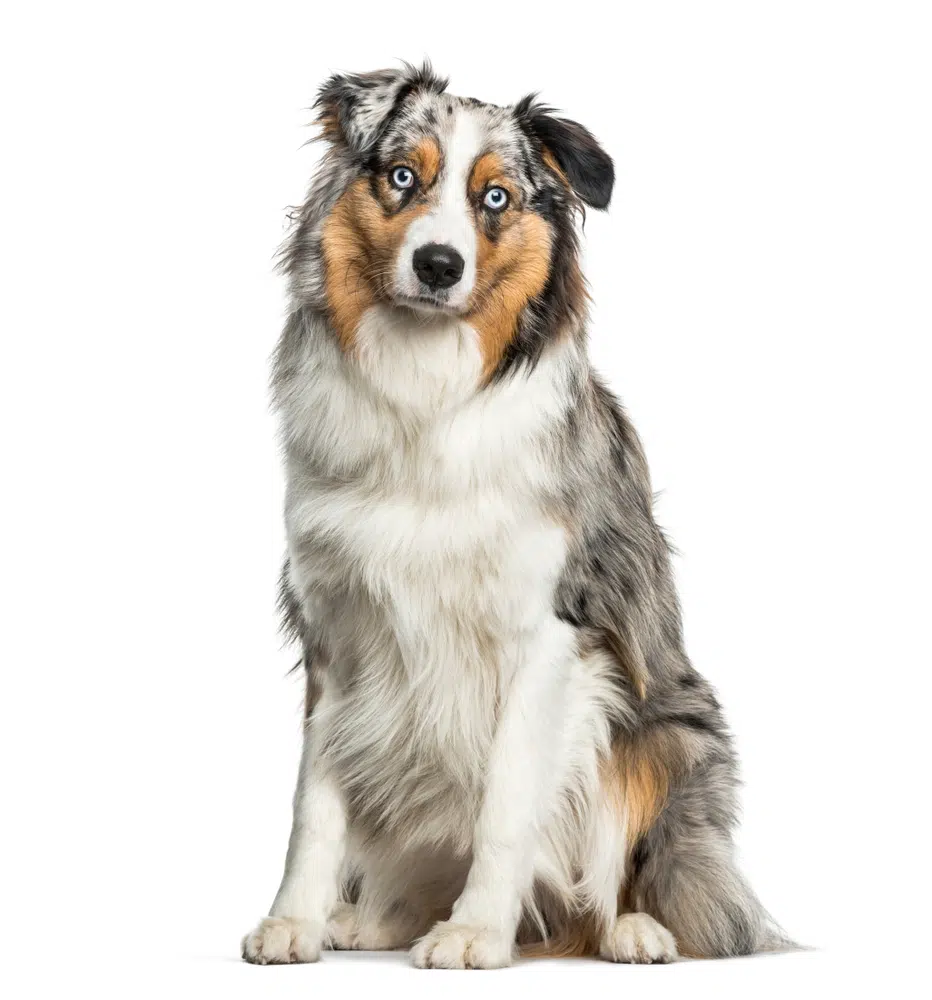




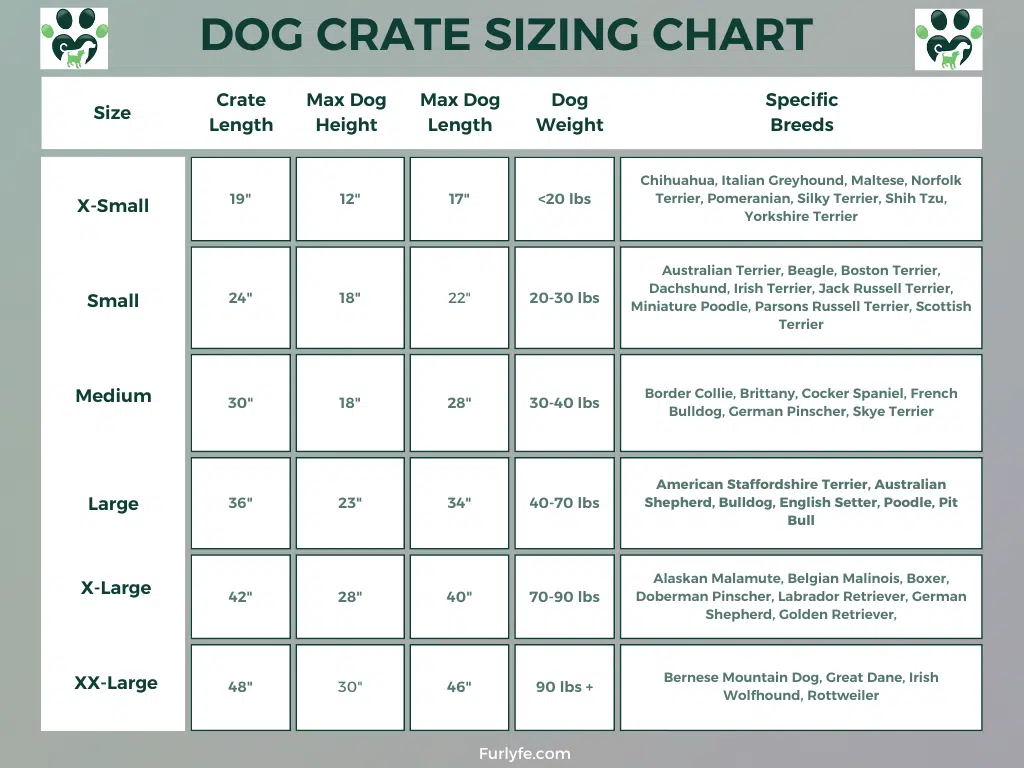



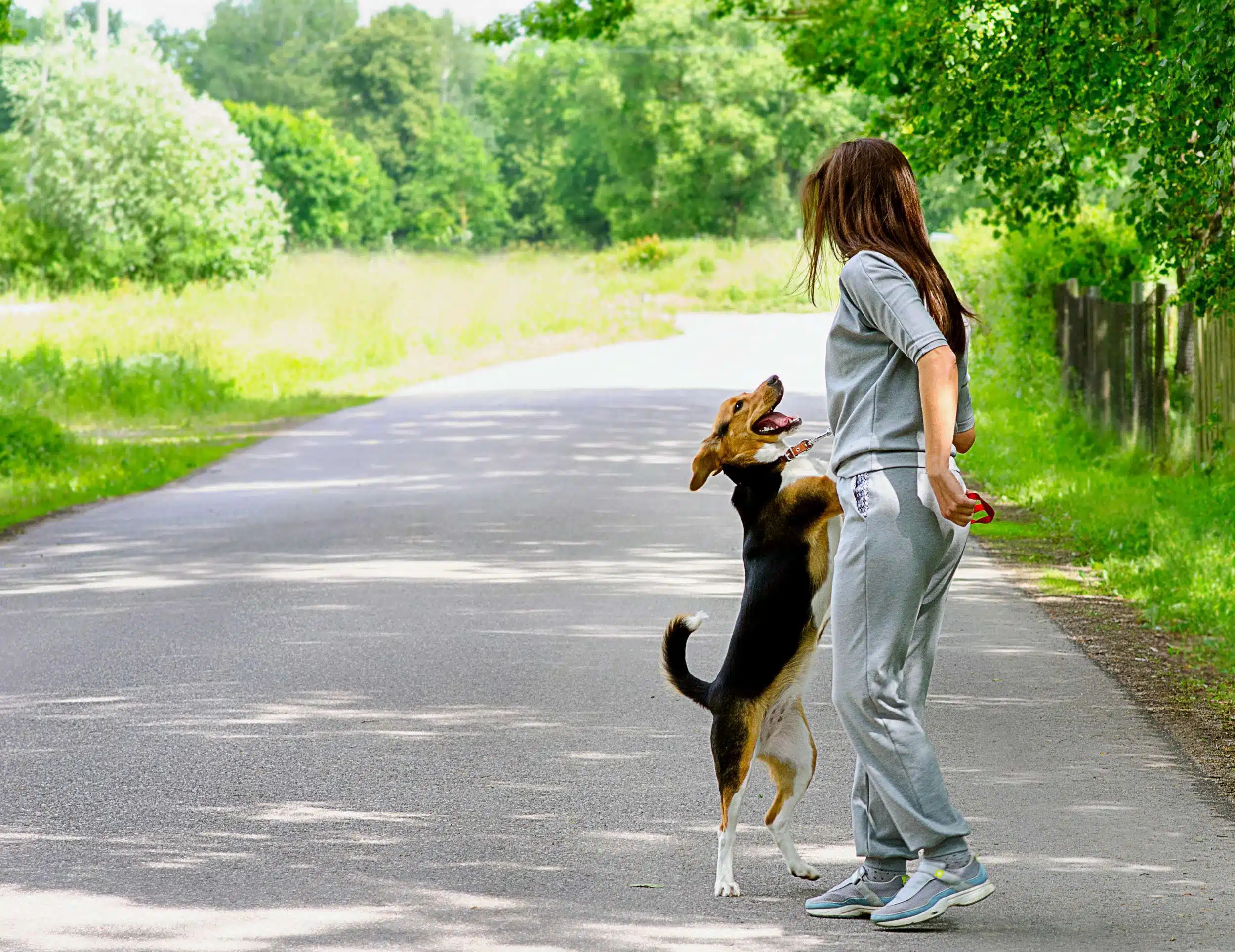

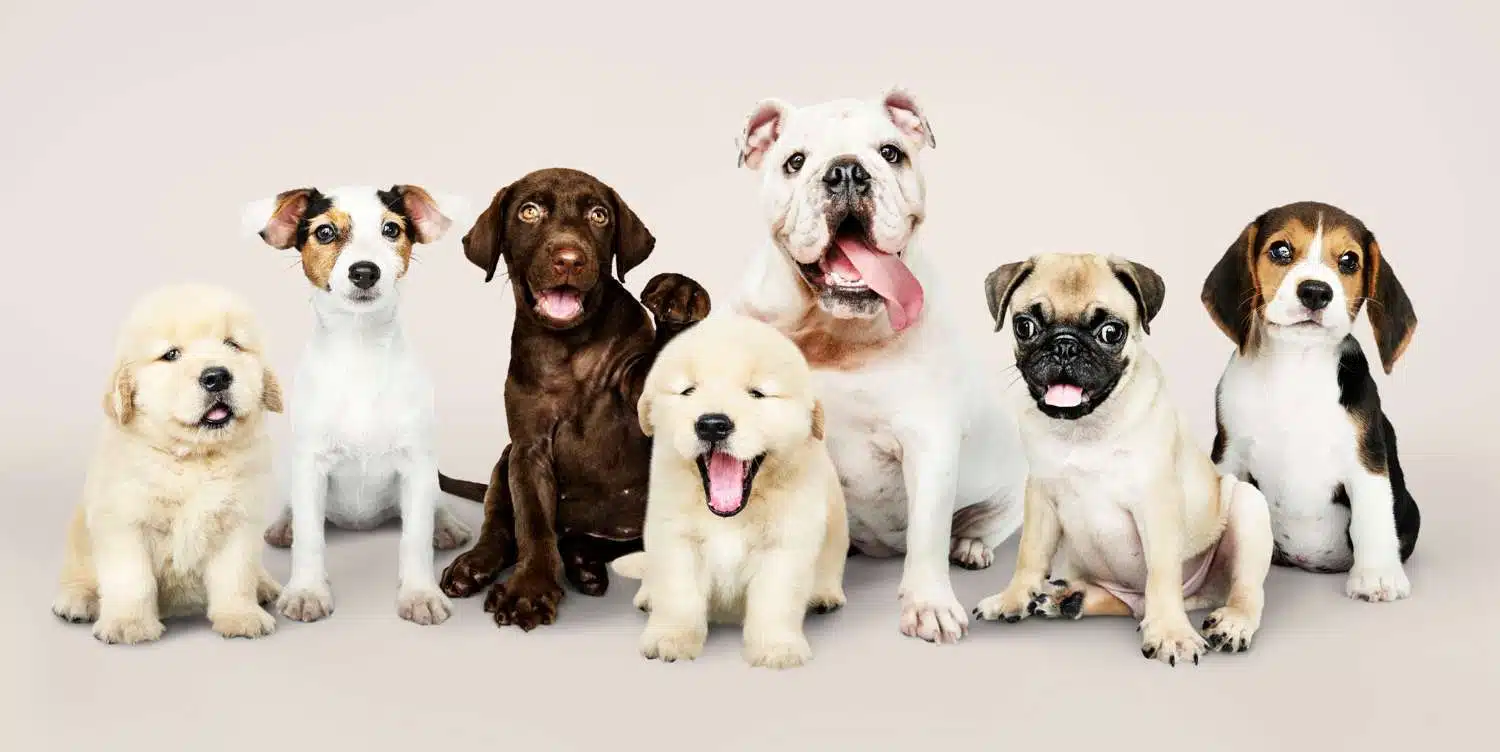
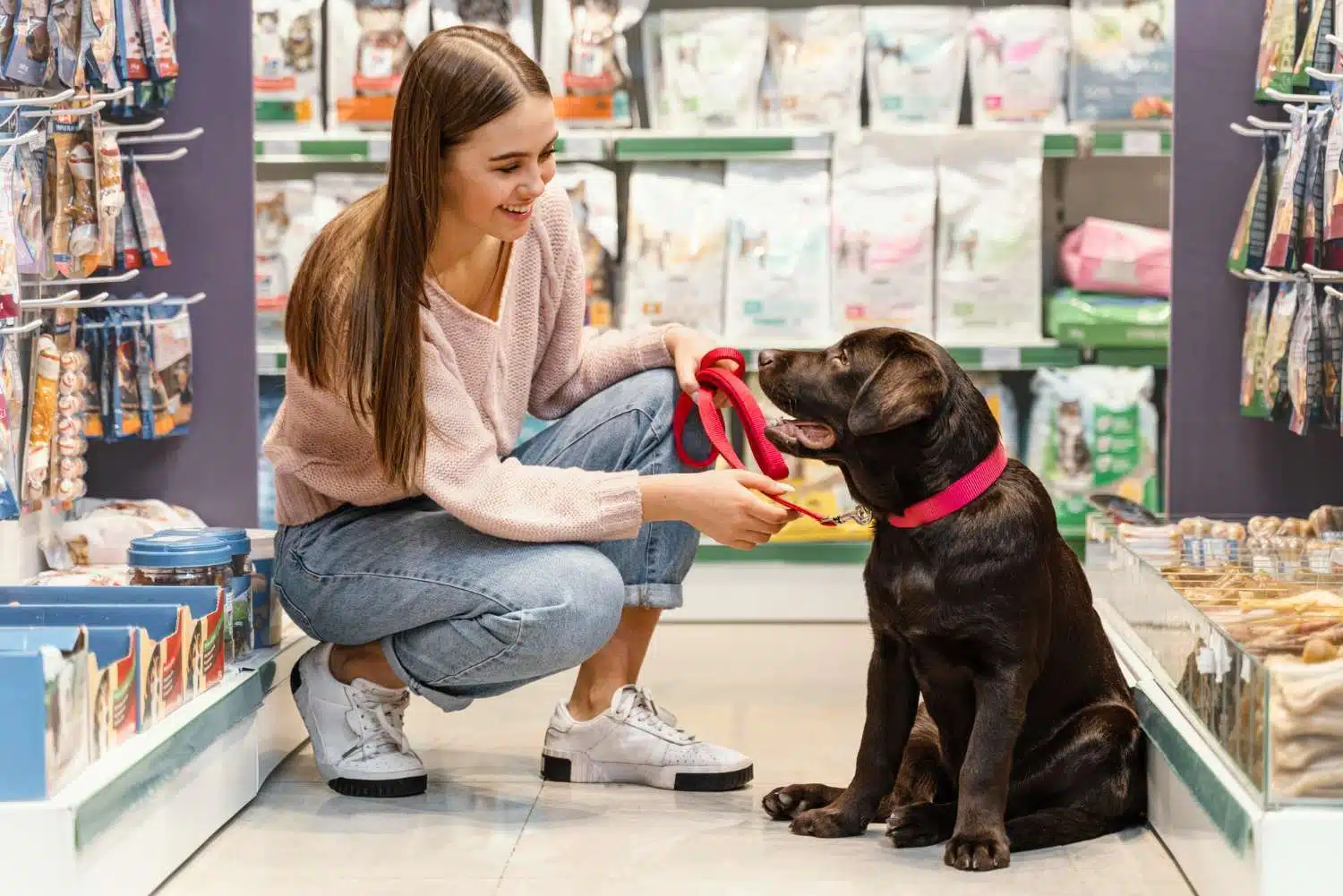


Get involved!
Comments